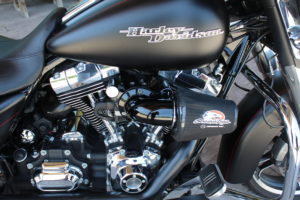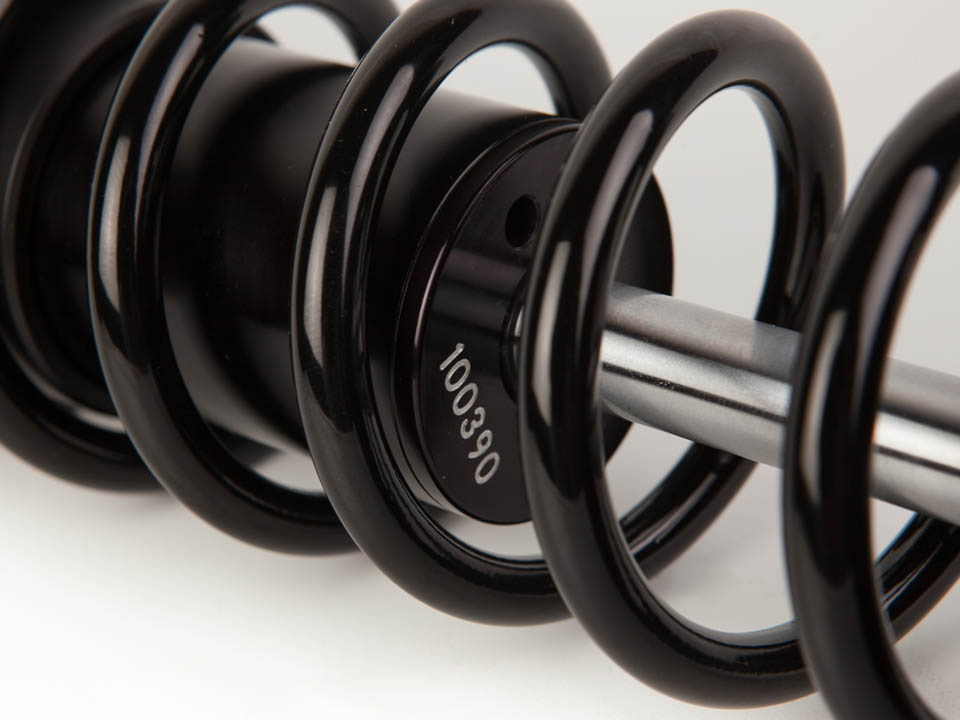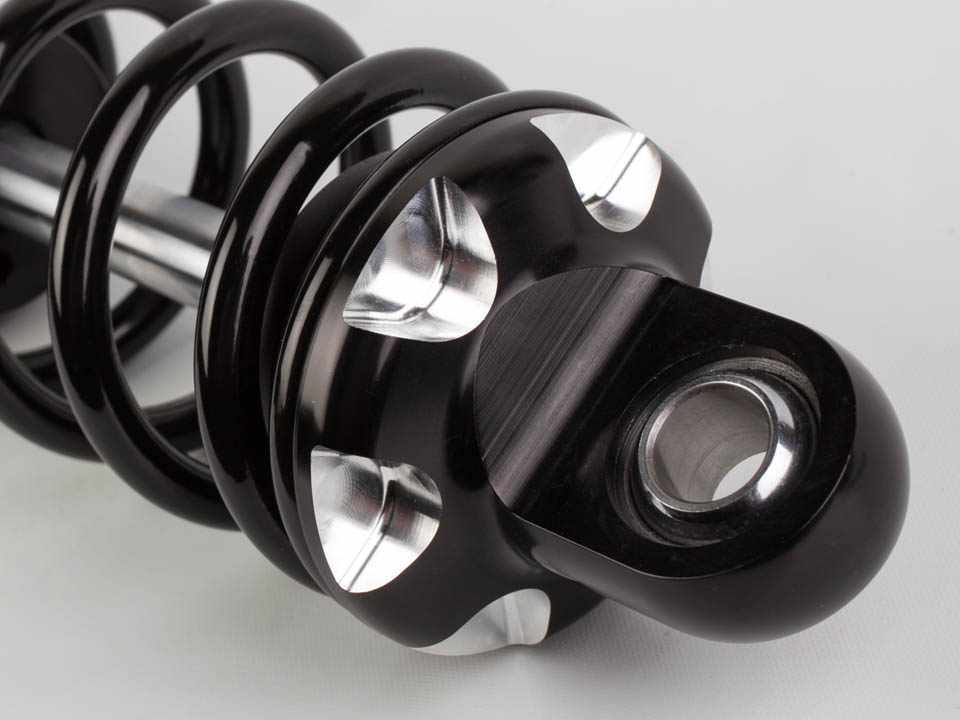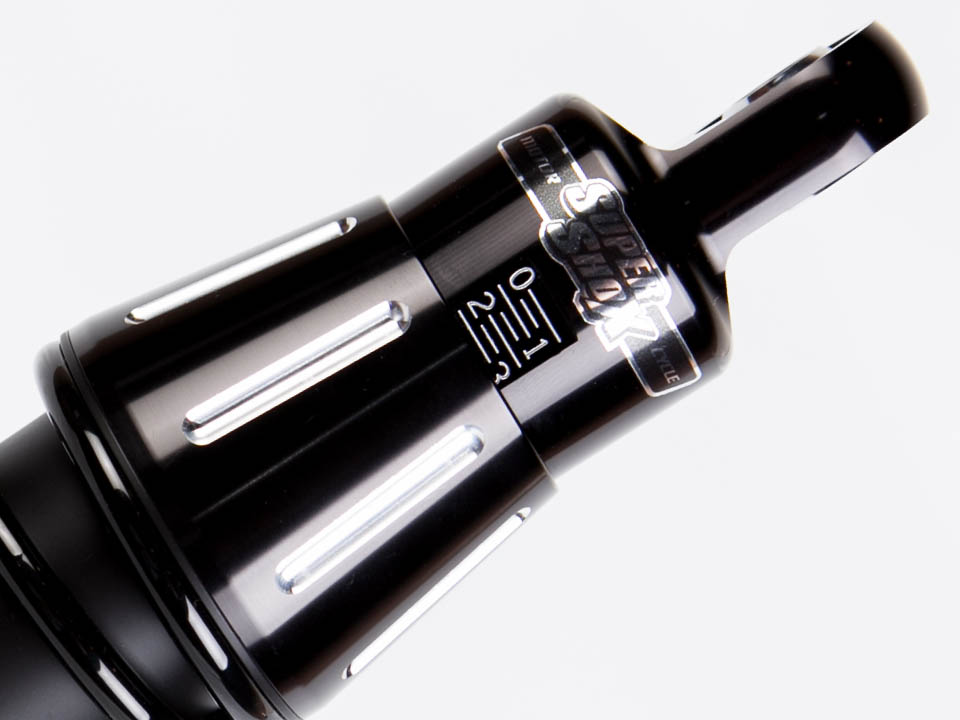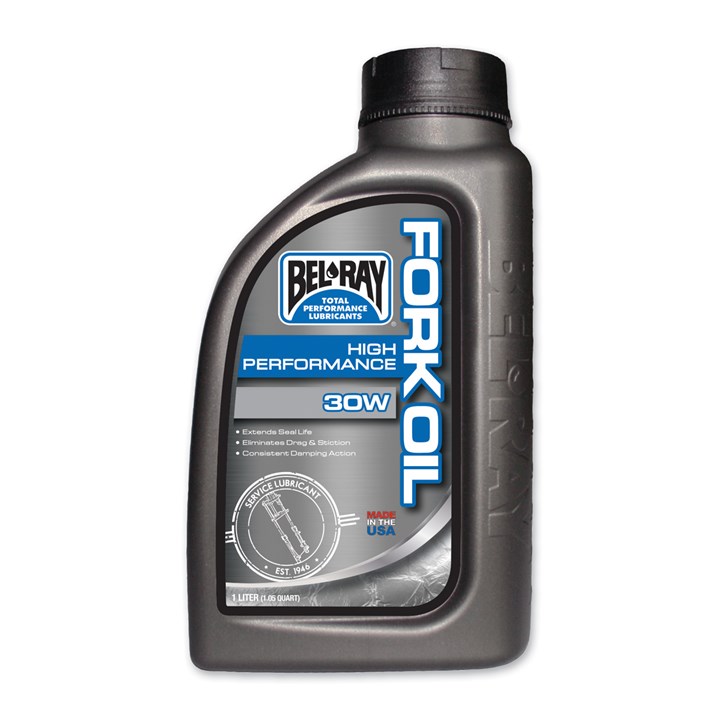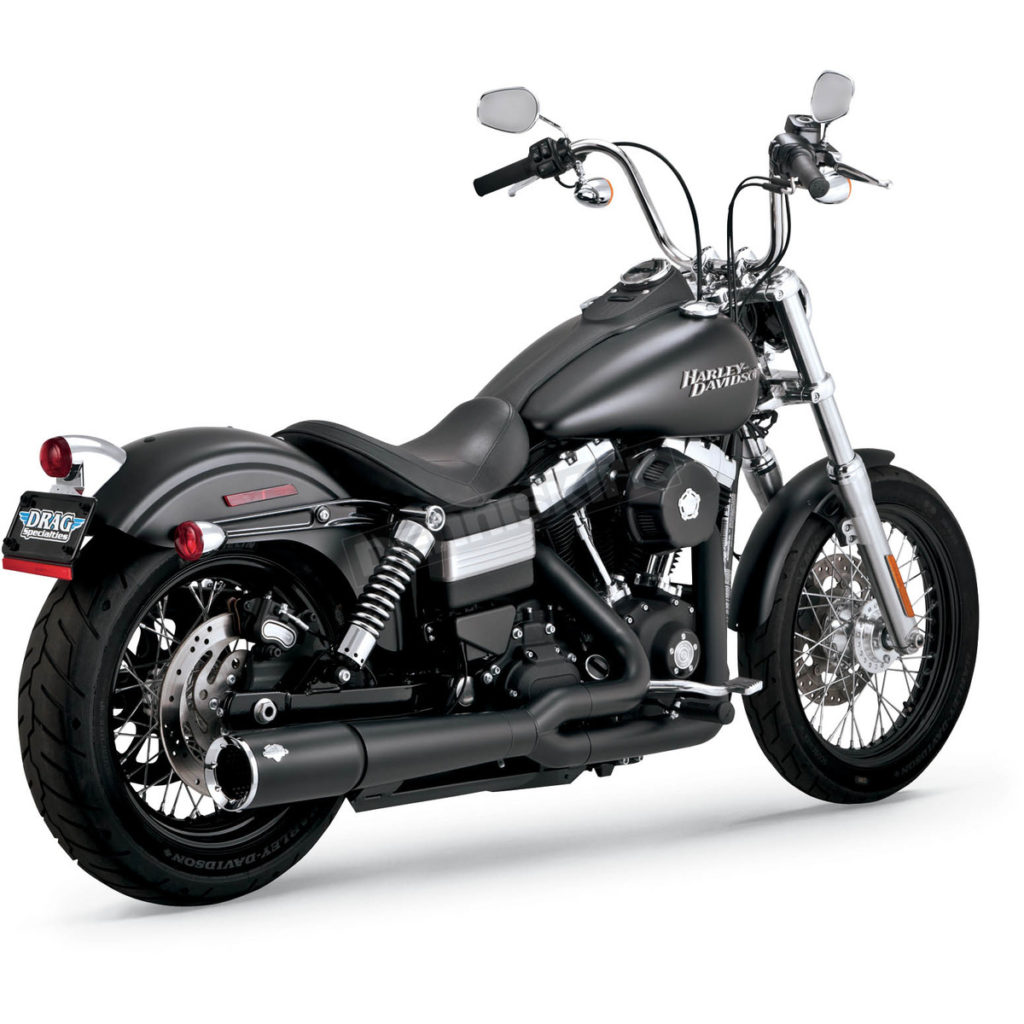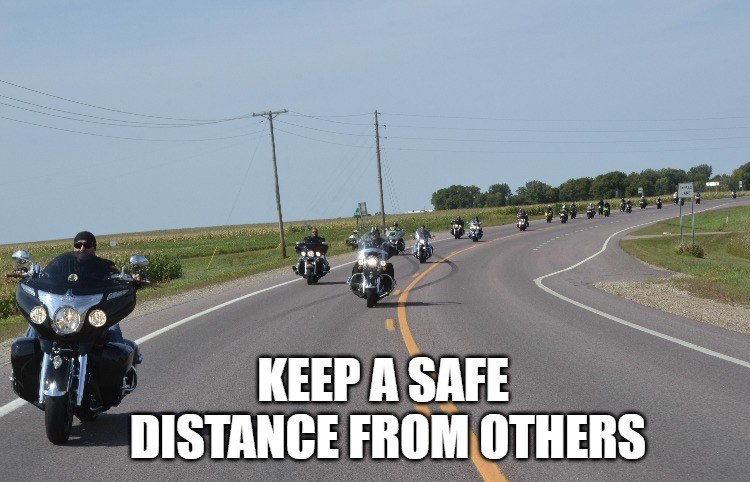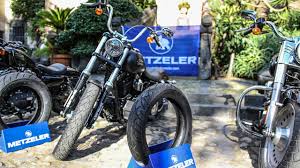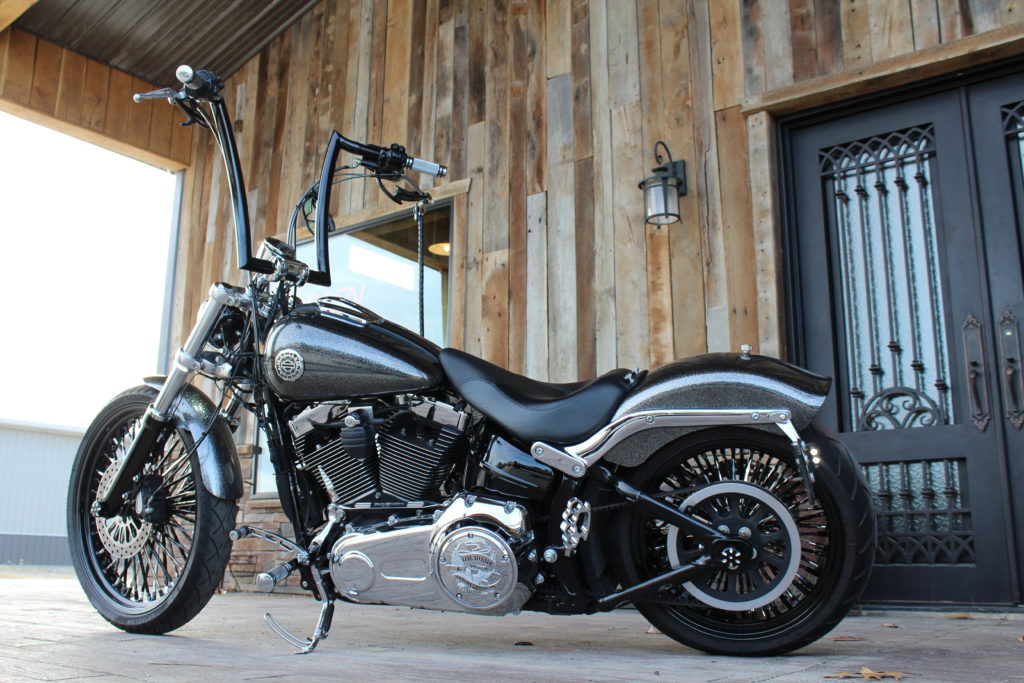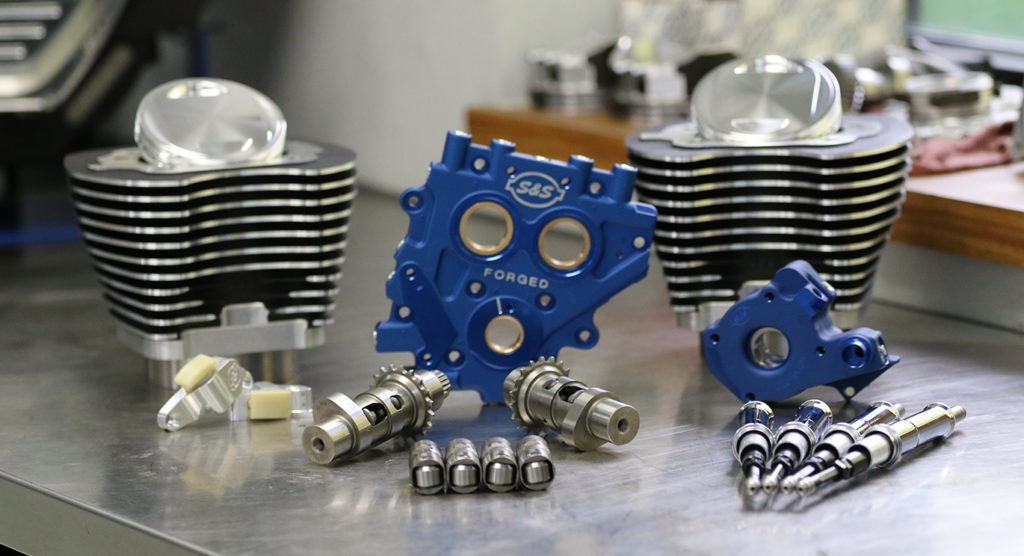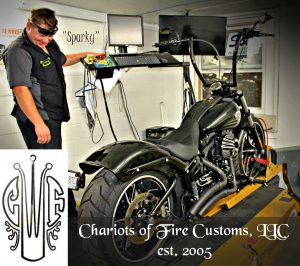By: Reine Knobbe

It is so important you just gotta do it! I’m talking about routine maintenance. As one of the owners of Chariots of Fire Customs LLC, I often perk my ears up and, yes, as much as I hate to admit it, I listen in on conversations at the parts counter. There are so many times I over hear someone complaining that they did not get very many miles on the tires they bought. Did you maintain the tire pressure? You gotta do it! Jan checks the tire pressure on our motorcycle EVERY time before we go riding. Your tires will last longer.
“My battery is dead. It did not last as long as it should have.” Did you put it on a battery tender?
You gotta do it! Especially if you are unfortunate enough to only ride a couple times a month. Jan uses his battery tender year round. Not just during the off season (is there such a thing?). Your battery will last longer if properly charged up.
“The motor locked up.” Did you check your fluid levels? You gotta do it! Checking the color of your oil is just as important as checking to see if it is full. New motor oil is typically amber and transparent, similar to the color of honey. It doesn’t retain its original color for long though as each heat cycle darkens its color. Besides the natural darkening of oil every time you ride, there are other reasons that your oil can change color that may indicate issues with the engine. If the engine oil contains more than the usual trace amount of water, it will appear milky and diluted when you pull the dipstick. Water droplets clinging to the end of the dipstick are
especially problematic. Besides the heat cycle, contaminants will also darken engine oil. Tiny metal particles from engine parts will break free and circulate in the oil. The dust and dirt kicked up from the road and not trapped by the oil filter is another contributor to the oil’s darkening
process. Check your owner’s manual or check with your trusted mechanic on how often you should change your oil.
TCLOCK
Remember TCLOCK? This acronym will help you keep your ride running in top condition.
You should run through this list before EVERY ride. Get into the habit. You gotta do it!
T- Tires and Wheels
- Tires- Check tread depth, wear and air pressure.
- Wheels- See if any spokes are loose or if the rim is bent or cracked. See if it turns freely, but is not loose on the axle.
C- Control Levers
- Inspect levers. Verify they are not bent or broken and move easily.
- Check cables for fraying and lubricate them.
- Check hoses for cracks, leaks, bulges and chaffed areas.
- Make sure the throttle moves freely. Closes easily. Lube if needed.
L- Lights & Battery
- Check that the battery terminals are clean and tight and that the electrolyte level is correct. Plus make sure the vent tube is hooked to the vent outlet and not kinked.
- Check the turn signals and brake lights for proper operation. Make sure the lenses are not cracked or broken.
- Headlight- Check for proper operation and alignment.
O- Oil Levels
- Check engine oil level plus transmission and primary drive fluid levels.
- Observe the color of your oil as mentioned above.
C- Chassis
- Steering Head-Move handlebars back and forth to check for tight spots or binding.
- Hold the front brake and rock the bike front to back to check for any free play in the neck bearings.
- Suspension- Check the front forks and the rear shocks for smooth travel and right air pressure (If equipped).
- Belt- Check tension and visually inspect for any rocks or other objects stuck in it.
- Fasteners- Check for any loose nuts or bolts and tighten if needed.
K- Kickstand
- Side stand- Check for ease of operation and spring action.
Oh, and check the gas! You don’t want to get stuck on the side of the road because you ran out of gas.
15 years and going strong! Peace Out, Reine

